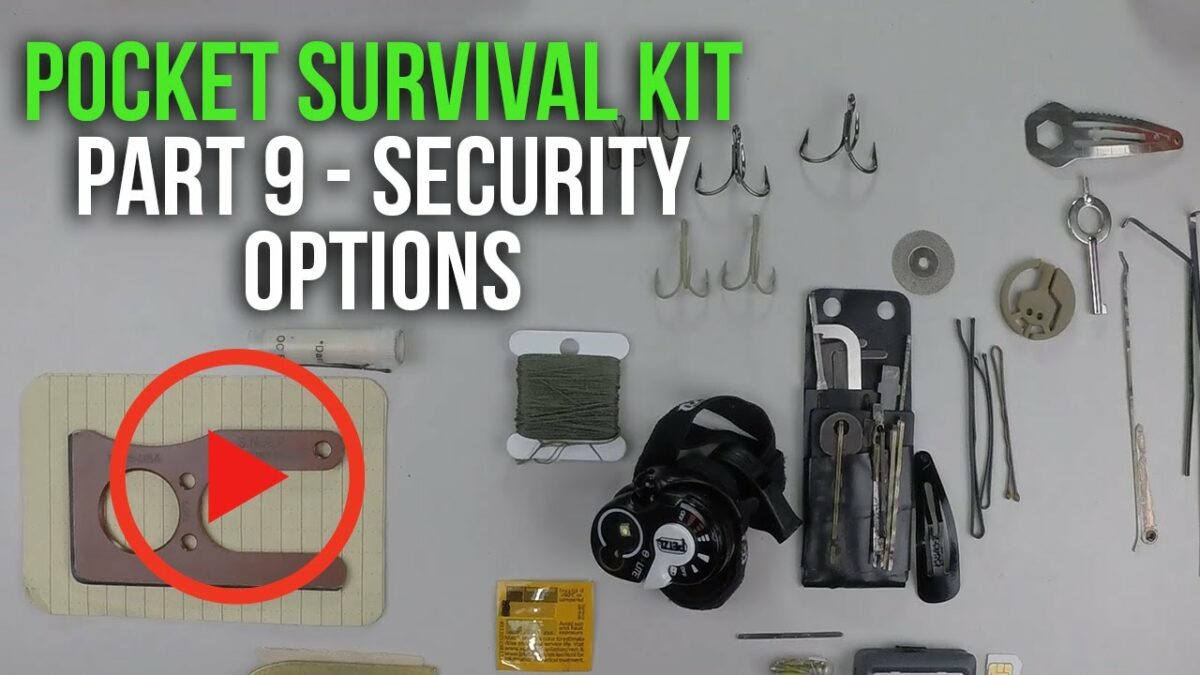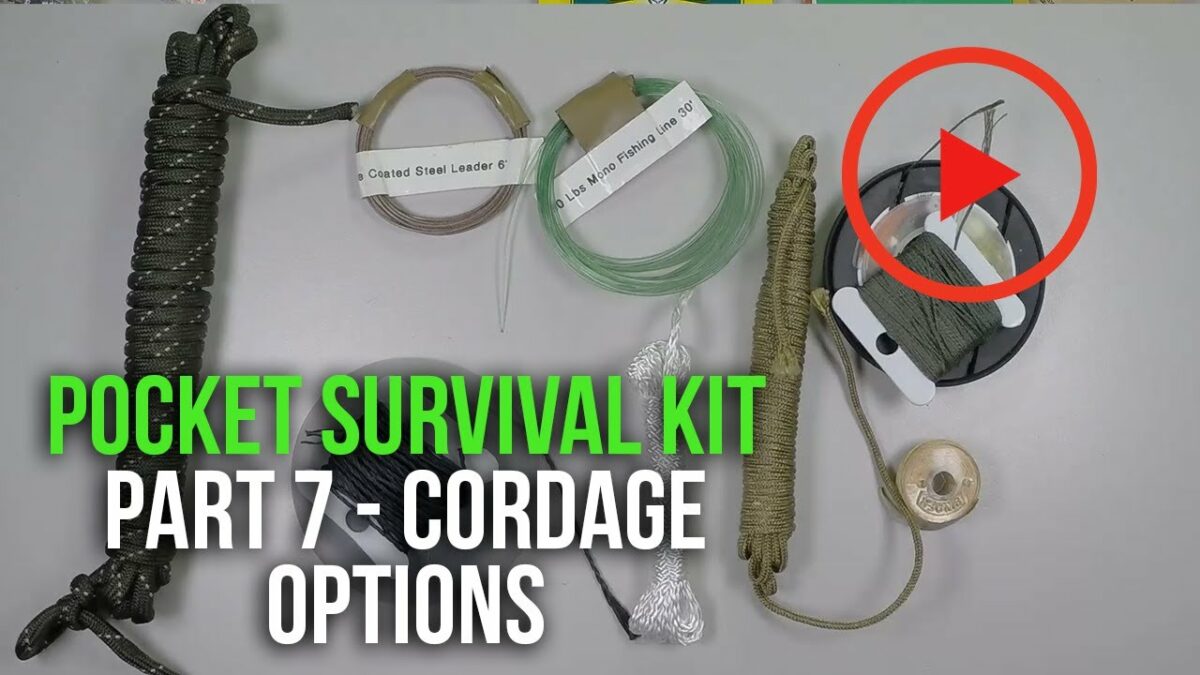Sharks are the top dogs in the marine world. They have been given a bad reputation as a bloodthirsty killing machines.
But this view is a little distorted, as the top dogs sharks help to limit the populations of the animals and fish that they eat. And this helps to maintain the balance of nature.
Sometimes a shark may grab a human by mistake. Other times an attack may be a shark protecting its own territory. Either way, you have to be aware of the danger, and know what to do to prevent this type of dangerous encounter.
Types of Shark Attacks
The yearly worldwide average of unprovoked shark attacks is 75 to 100 with 10 to 15 deaths. Unprovoked attacks happen when sharks make the first contact, but sometimes the attacks are hit and run, sneak attacks, or bump and bite attacks.
Still, there are a few other ways a shark could attack a person:
- Provoked Attacks – The main cause of provoked attacks are caused by humans touching sharks or untangling them from fishing nets. Recently there have been incidents involving divers who were attacked after grabbing or feeding sharks while underwater.
- Hit and Run Attacks – Occur near beaches where sharks feed on bait fish in pounding surf, strong currents, and murky water. A shark may mistake the movements of a swimmer, usually at the surface, for those of their normal food fish. The shark makes one grab, then lets go, and then leaves the area. Legs, feet, hands, or arms are often bitten. Injuries are usually minor, but deaths may sometime occur.
- Sneak Attacks – Take place in deeper waters. The victim does not see the shark coming before the attack. The results of the attack can be serious injury or death especially if the shark continues the attack.
- Bump and Bite Attacks – Occurs when a shark circles and actually bumps the victim with its head or body before biting. As in the sneak attack the shark can attack repeatedly causing serious injury or death.
How to Prevent a Shark Attack
Many people think that they couldn’t do anything to prevent a shark attack. But you still can decrease your chances of shark attack while swimming or surfing, so keep in mind the following suggestions:
- Always swim in a group. Sharks most often attack a lone swimmer.
- Do not wander to far from shore. Doing so isolates you and places you away from help.
- Avoid water at night, dawn, or at dusk. Most sharks are most active during these times and are better able to find you than you are able to see (and avoid) them.
- Do not enter the water if you are bleeding. Sharks can smell and taste blood and trace it back to you. Women should also avoid entering the water during their periods as well as around, or any other time when the odor of blood may be detectable to sharks. Remember, they have a very strong sense of smell and what seems minor to you may signal meal time to them.
- Do not wear bright shiny jewelry. The reflected light looks like shining fish scales.
- Do not go into sewage contaminated water. Sewage attracts bait fish which in turn attacks sharks.
- Avoid water areas being fished and those with lots of bait fishes. Diving seabirds are a good sign of bait fish in the nearby waters.
- Do not enter the water if sharks are present!
- Avoid wearing brightly colored clothing or an uneven tan. Sharks can see the contrast quite well and might come over to investigate.
- Do not splash a lot, and keep your pets out of the water. Erratic movements can attract sharks.
- Use care near sandbars or steep drop offs. Sharks like to hang out in these areas.
- Do not relax just because porpoises are nearby. Porpoises in the swimming area does not mean the sharks have left the area.
- Do not try to touch a shark if you see one!!!
- If you are attacked by a shark, the general rule of thumb is to do whatever it takes to get away, not to strike back.
Even if shark attack are really dangerous, there are chances for survival.
Video first seen on Travel and Escape
This type of event proves that while travelling through the wilderness, or seashores, you have to know what might attack you so you could build up your defense. Bears, cougars, snakes or scorpions, they are all hidden in the wild, and willing to attack you when crossing over their territory.
If you found this article interesting, then subscribe to our newsletter, in the upper right corner of this page, in order to get an extended version of this wilderness survival wisdom!
This article has been written by Fred Tyrell for Survivopedia.










Wm. Strange | September 7, 2015
|
Anything that tries to kill or eat you, by all means, hit it! Go down proudly! Even if you lose, you can make it blind, or limp, or die… Give it (or him) reason to remember you forever. You know?
Pingback:Shoot Or Don’t Shoot? This Is The Question - Survival By Preparedness | November 16, 2015
|